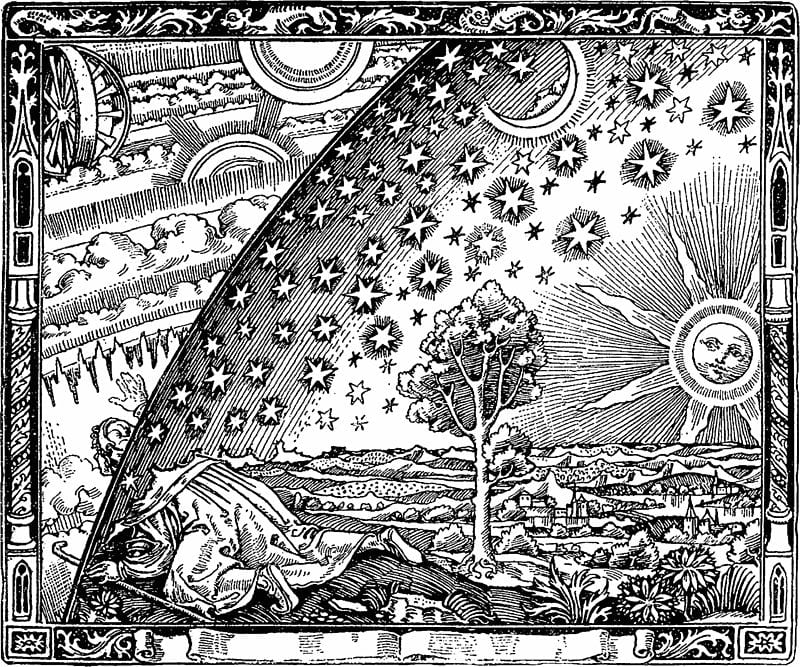
This has been a ‘concept crossing’ week on the Creativity in HE course.
I’m in a subgroup looking at creativity and emotions. Two words I wouldn’t have previously put together. Before this course I ‘d have associated creativity with areas like art, music, dance, theatre and knew Einstein had described scientists as artists. It seemed creative approaches to knowledge were needed in order to see connections which hadn’t been seen before but I’m realising this was a surface approach. I’d accepted other people’s views about creativity but hadn’t questioned or reflected on them for myself.
In terms of engagement Week 4 has been a bit fractured which can be a risk of extra-curricular activity. I adopted a strategic approach to the task and waited for others go first. A good example of how staff regress to student behaviours, like sitting at the back of the room on my night class – because I can. Not entirely entirely sure if I should be participating or facilitating with the task – or both – I was feeling a bit lost. Another good reason why prospective online teachers should try to have some online student experience first. Knowing I was still struggling with defining creativity, rather than listing ways it manifested itself, I did some reading.
In the paper Carl Rogers, Creativity and the RSA, Rowson (2014) ) refers to creativity as a novelty which is initially a subversive activity – because it’s different and goes against the norm. So with regard to creativity and emotions, confidence is required. Being creative involves not being afraid to be different. I realised I hadn’t been thinking about creativity from the inside. I could recognise how personal styles, e.g. impressionist art, were examples of innovative ways of seeing the world, but hadn’t made the leap from knowing to understanding. When I wrote my blog post about being less creative than I thought I can see now this was also saying I’m less brave than I’d like to be.
Creativity is much more connected to emotions than I’d realised. It’s about having personal courage, confidence and conviction so is intimately connected with individual identity. I enjoy the power of words to describe, resonate and challenge. I like writing performance poetry; tricky line rhymes in iambic pentameter for speaking out loud. But I get nervous about performing. In my head I’m always looking for creative ways to do presentations. I get ideas but don’t put them into practice. Instead I stick to what’s worked before, believing it’s more likely to work again. I don’t take risks so my performances don’t stand out as much as they might if I was more brave.
I can see how being authentically creative, or taking a creative approach, requires emotional as much as cognitive expertise. It’s having the passion and personality to go public, because creative agency is validated by the structural processes of institutions and the media. As well as the ability to think laterally, creativity is about what you do with the outcomes. We are all creative but we deal with it in different ways. Thanks to taking part in this fascinating open online course, I’m starting to see how ultimately being creative is about being human.


Comments are closed.